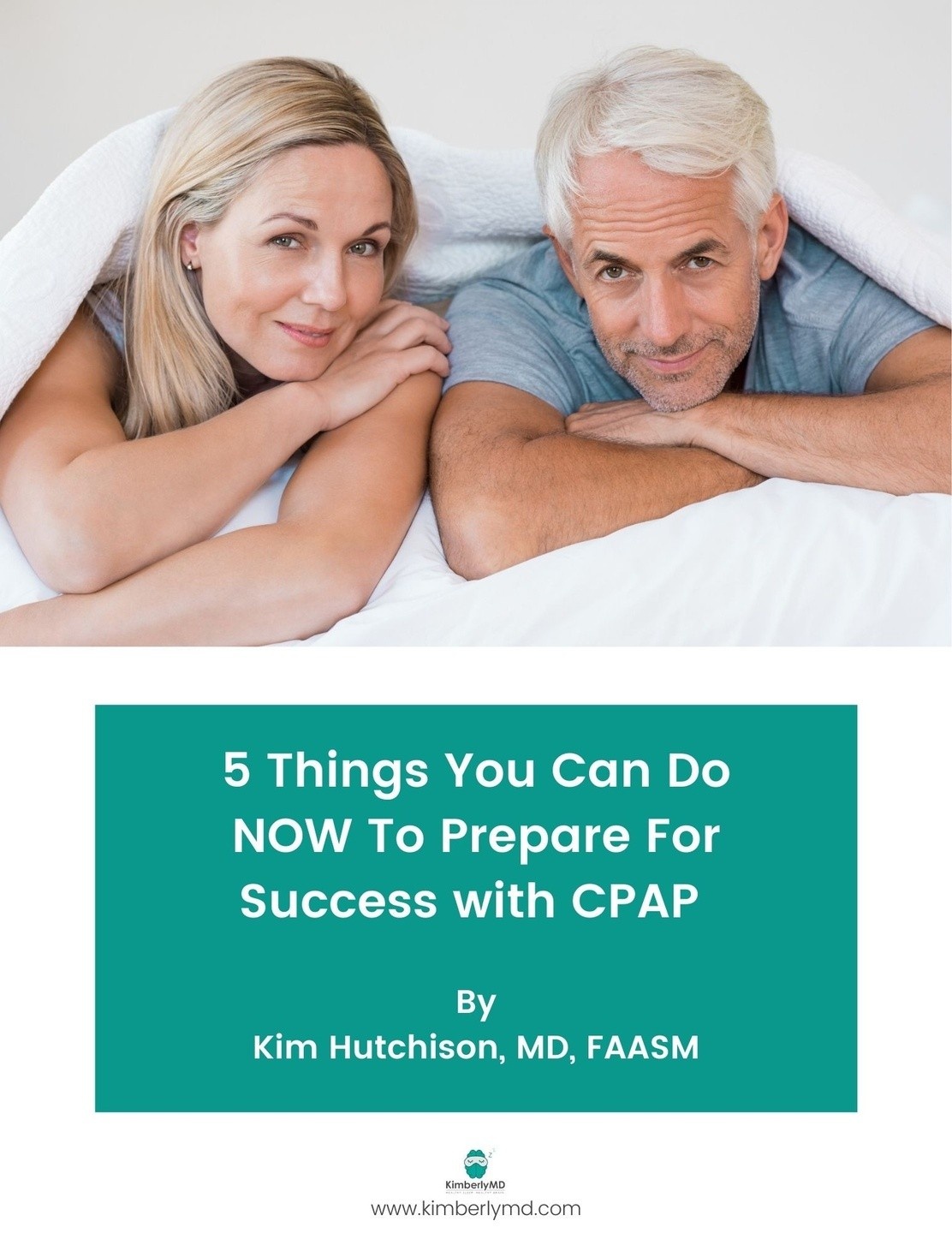Central vs. Obstructive Sleep Apnea
Central vs. Obstructive Sleep Apnea
The other day, my patient was anxious to talk to me, “Doc, the AHI on my CPAP machine jumped from 4 to 12, mostly due to “clear airway” events. What should I do?”
Calmly, I encouraged him to relax and invited him to join me in unraveling the secrets between central and obstructive sleep apnea and when to be concerned.
Now, you probably know that sleep apnea is a common sleep disorder that affects millions of people worldwide. And you may be aware that there are two primary types of sleep apnea - the very common obstructive sleep apnea (OSA) and the less common central sleep apnea (CSA). But did you know that many, if not most, people have some degree of both? Let’s explore this a bit deeper…
First, let’s understand what central sleep apnea is.
Central sleep apnea occurs when the brain fails to send proper signals to the body to breathe during sleep. Unlike obstructive sleep apnea, CSA is not caused by physical airway obstructions in the back of the throat. Instead, it stems from underlying medical conditions, such as heart failure, stroke, or brainstem injury. It can also occur in people taking certain medications, such as opioids for pain.
Think of CSA as an issue with the breathing “switch” in your brain - the switch could be faulty itself from something like a stroke or brain injury, or it could be simply acting erratically due to receiving mixed messages from the body, such as what happens in heart failure or with certain medications.
Similarly to OSA, people with CSA experience repeated interruptions in their sleep as well as oxygen desaturation. So, it’s not surprising that people with CSA may not feel rested in the mornings or experience daytime symptoms, such as sleepiness and fatigue.
The good news is that most of us have some degree of central sleep apnea and it isn’t always problematic. In fact it can be a normal response after a deep breath.
However, if you are using CPAP and you notice an increase in the “clear airway”, aka “central” apnea events, here are some of the circumstances when you would want to bring this to the attention of your healthcare provider:
- If you have more central apneas than obstructive apneas. This may suggest that the pressures on your machine may need to be adjusted
- If you are having a return of sleep apnea symptoms
- You’ve developed a new medical condition, such as heart problems
- You’ve started new medications
So, in conclusion, the primary difference between CSA and OSA lies in their underlying causes. CSA is driven by a lack of proper brain signals for breathing, while OSA is a result of physical airway obstructions.
So, what happened with my patient? Well, after our discussion, he said he had recently strained his back and had been taking one narcotic pain pill before bed each night to help him sleep.
Aha! The new medication was the likely culprit and I asked him to switch to extra-strength Tylenol. Sure enough, he noticed right away that his machine’s AHI number returned to normal.
Thanks for being here, I’ll see you next week!
Disclaimer: This information is for educational purposes only and not intended to be direct medical advice.



